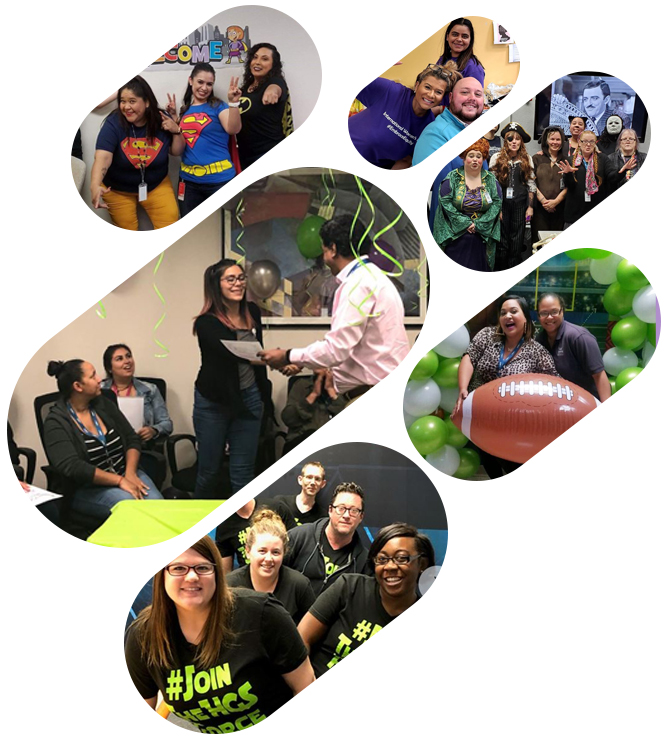
When applying for entry-level jobs, your resume is often your first impression, but before a recruiter even sees it, there’s a good chance it must pass through an Applicant Tracking System (ATS). Understanding how to make a resume ATS-friendly can significantly improve your chances of landing an interview.
An ATS is a type of software used by employers to manage applications efficiently. It scans resumes for specific keywords and formats, ranking applicants based on how well their resumes match the job requirements. So, if your resume isn’t optimized, it may never reach a human recruiter.
This guide explains how to create an ATS-friendly resume for entry-level positions, with practical steps, formatting tips, and common mistakes to avoid, especially for job seekers in the USA starting their careers.
How Does an ATS Work?
An Applicant Tracking System (ATS) acts as an automated resume scanner. When you apply for a job online, your resume is uploaded into the company’s ATS, which then analyzes it for relevant skills, experience, and keywords.
Here’s how it works:
Here’s how it works:
- Resume parsing: The ATS breaks your resume into sections like education, experience, and skills.
- Keyword matching: It searches for job-specific terms that match the description.
- Ranking and filtering: The system ranks candidates based on how closely their resumes align with the required qualifications.
For example, if you’re applying for customer care jobs, the ATS will look for keywords like “customer support,” “problem-solving,” or “communication skills.” If those terms are missing, your resume might not make it to the shortlist, even if you’re qualified.

Why ATS-Friendly Resumes Are Crucial for Entry-Level Jobs
For recent graduates or first-time job seekers, having an ATS-friendly resume can make the difference between being seen and being skipped. Many entry-level roles receive hundreds of applications, and employers in the USA rely on ATS tools to filter through them quickly.
Creating an ATS-friendly resume helps you:
- Ensure your application is readable by automated systems.
- Increase your chances of being shortlisted for interviews.
- Demonstrate that you understand modern hiring technology and best practices.
It’s especially valuable for candidates transitioning through career change strategies, where keyword relevance is crucial to align past experiences with new roles.
Learn more about job interview tips.
Step-by-Step Guide to Creating an ATS-Friendly Resume
Let’s look at how to make an ATS-friendly resume, step by step.
Step 1: Review the Job Description
Start by carefully reading the job description. Highlight recurring terms such as required skills, qualifications, and responsibilities. These keywords are what the ATS will look for, so make sure they appear naturally throughout your resume.
For example, if the listing mentions “data entry,” “time management,” and “MS Excel,” these should appear in your skills or experience sections where relevant.

Step 2: Choose a Simple Resume Format
When learning how to write an ATS-friendly resume, simplicity is key. ATS software struggles to read overly designed resumes.
Stick to these best practices when wondering how to make a CV in ATS format:
- Use a clean, single-column layout.
- Avoid tables, graphics, and text boxes.
- Save your document as a .docx or .pdf (if accepted).
You can use an ATS resume template that follows these formatting rules. Focus on readability — not fancy visuals.
Step 3: Include a Strong Resume Summary
Write a short 2–3 line summary at the top of your resume highlighting your goals, key skills, and enthusiasm for the role. This section helps recruiters and ATS software quickly identify what you bring to the table.
Example: “Recent graduate with a degree in Business Administration, skilled in customer service, data analysis, and communication. Seeking to apply my skills in an entry-level customer care role at a growing organisation.”

Step 4: Tailor Your Work Experience Section
Even if you’re just starting out, include internships, part-time jobs, volunteer work, or academic projects. Focus on accomplishments that match the job description. Use action verbs like “managed,” “supported,” “developed,” or “organized.”
Example: “Assisted in managing client communications and resolving service queries, improving satisfaction ratings by 15%.”
This approach shows how to make your resume ATS-friendly while also appealing to recruiters who value measurable results.
Step 5: Highlight Relevant Skills
The skills section is crucial for ATS optimization. Include both hard skills (technical) and soft skills (interpersonal).
Example:
- Technical: SQL, Python, Microsoft Office, CRM tools
- Soft: Teamwork, communication, adaptability, time management
For IT or tech positions, explore IT support resume tips to identify the right industry keywords.
Step 6: Use Standard Section Headings
ATS software recognises standard headings like Experience, Education, Skills, and Certifications. Avoid creative labels such as “My Journey” or “Where I’ve Worked,” as they can confuse the system. This small detail can make a big difference when learning how to make a resume ATS-compliant.
Step 7: Optimize Your Education Section
For entry-level roles, education is often a key factor Include:
- Degree title and major
- University name and location
- Graduation date (or expected date)
You can also add academic achievements, certifications, or relevant coursework to make your ATS format resume more detailed and keyword-rich.

Step 8: Proofread and Test
Before submitting, always review your resume for grammar, spelling, and formatting errors. Then test it by uploading it to a free online ATS resume checker. This helps confirm whether your document is parsed correctly and keyword-optimized.
Avoid Common Pitfalls When Creating an ATS-Friendly Resume
Even well-qualified candidates get filtered out due to minor mistakes. Avoid these common pitfalls:
- Using images or icons: ATS tools can’t read them.
- Overloading with keywords: Keyword stuffing looks unnatural and reduces readability.
- Incorrect file format: Always check the application portal’s preferred file type.
- Complex fonts or columns: Stick to simple fonts like Arial or Calibri.
- Missing job-specific keywords: Customise your resume for each role.
Understanding how to build an ATS-friendly resume means balancing clarity, structure, and relevance.
Conclusion
Creating an ATS-friendly resume isn’t about beating the system — it’s about aligning your skills and experience with what employers are looking for. For entry-level applicants in the USA, knowing how to create an ATS-friendly CV gives you a strong start in today’s competitive job market.
By using a clear format, matching the right keywords, and showcasing your abilities effectively, you increase your chances of landing interviews and starting your career journey confidently.
At HGS USA, we understand the importance of helping job seekers stand out in a digital hiring environment. Our teams encourage applicants to focus on resume clarity, skills relevance, and continuous learning — key ingredients for success in today’s automated hiring landscape.
Frequently Asked Questions (FAQs)
How do I know if my resume is ATS-friendly?
You can test your resume on free online ATS checkers or review whether it follows a simple, keyword-optimized format with standard headings.
Do graphics and design elements hurt ATS readability?
Yes. Avoid charts, tables, and design-heavy templates. Use text-based formatting to ensure the ATS correctly reads all your information.
What’s the difference between an ATS-friendly resume and a visually designed resume?
An ATS-friendly resume focuses on structure and keywords for machine readability, while a visually designed resume is built for human presentation. Use the ATS-friendly version for online applications.
How do I optimize my resume for a specific industry or sector?
Review job descriptions in your target industry, identify common keywords, and tailor your resume accordingly. For example, use customer service terminology for customer care jobs or technical terms for IT roles.
 US
US Canada
Canada Colombia
Colombia India
India Jamaica
Jamaica Philippines
Philippines UK
UK SA
SA
